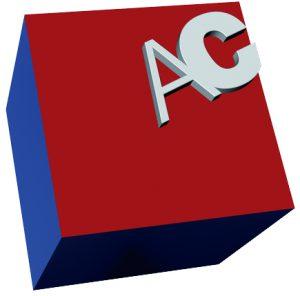Intelligent transport systems (IVS, ITS)
In order to master the challenges of the 21st century in road traffic, the increased use of Intelligent Transport Systems (ITS) in road traffic is an indispensable component of national and international infrastructure policy. IVS are intelligent applications in the field of transport, traffic and mobility that can be used by the IVS end user as an ITS service. Today IVS form an important technological and organisational basis in the most diverse fields of road traffic applications.
IVS solutions must not be understood in terms of artificial intelligence (AI), but in terms of business intelligence. Intelligence is a synonym for information and knowledge gained by collecting and analysing data and information with the aim of enabling the ITS end-user to make better strategic and/or operational decisions in relation to its objectives. In addition to increased efficiency, road safety plays an important role in the application area.
Cooperative intelligent transport systems (C-ITS)
Intelligent transport systems and the entire transport sector are on the verge of profound change. This change, initiated by the age of digitisation and industry 4.0, characterised by the networking and automation of processes and services, affects not only vehicles and ITS end-users, but also transport infrastructure and related services. Cooperative Intelligent Transport Systems (C-ITS), like ITS services, see themselves as intelligent applications in the field of transport, traffic and mobility, but differ due to their networked and automated properties.
The characteristic cooperative means the exchange of data between different actors of transport services and implies a constant demand for real-time information. Already today, vehicles are networked in many ways. In the very near future they will also interact directly with each other and with the road infrastructure. This interaction falls within the scope of “Cooperative Intelligent Transport Systems”, C-ITS, which enable end-users and traffic control centres to share, use and coordinate previously unavailable information. The increasing networking of these systems, driven by the increasing importance of information and communication technology, poses new challenges for the introduction of new ITS and the integration of existing ones.



